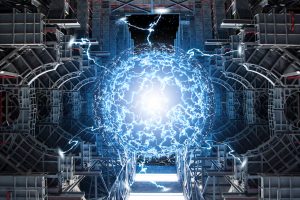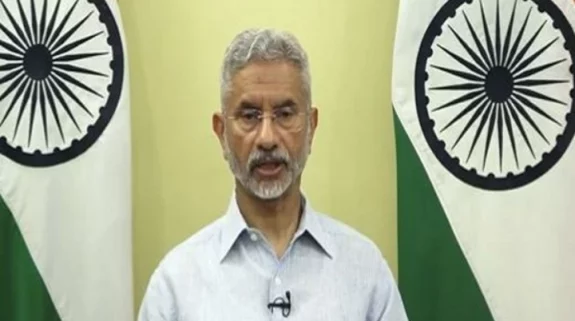Short naps during working may be frowned upon but it does pay dividends as suggested by a new study. According to an article in sciencenews.org, a report published in Science Advances states that those who go into a light sleep had the power to solve problems.
The result of this research will help in explaining the early moments of sleep and how to activate and enhance inventiveness.
It is said that the American inventor and businessman, Thomas Alva Edison, who held 1,093 US patents as well as patents in several other nations, used to take catnaps in order to achieve the twilight moments. He reportedly took a nap in a chair while clasping metal pans which had two steel ball bearings in them. With the inventor drifting to sleep, the balls would fall, making the required noise to wake him up and ready to recall the innovative ideas just before losing them to deep slumber.

Thomas Edison
Motivated with this method of Edison, cognitive neuroscientist at the Paris Brain Institute Delphine Oudiette, and her associates roped in 103 people who were healthy to solve a problem which was tricky. They were told to convert a string of numbers into a shorter sequence and for that they needed to follow two simple rules. The participants were not informed about the easy trick to solve the problem which was that the second number in the sequence was the correct final number. This cut short the time to solve the problem.
Also read: Brain surgeons and rocket scientists not smarter than others – study
Following 60 trials on a computer, the participants of the study got a 20-minute breather and were allowed to move to a dark and quiet room. Holding a light drinking bottle in one of their dangling hands, they were asked to shut their eyes and sleep or rest even while their brain waves were being monitored by electrodes.
Of the total volunteers, nearly half didn’t sleep, while 24 did and graduated to the fleeting stage N1 of sleep and 14 proceeded to N2, the deeper stage.
Resuming the problem solving after the repose, a vividly dissimilarity between the groups was noticed. Those who had gone into the shallow early sleep were 2.7 times more likely to find the hidden trick as compared to those volunteers who hadn’t slept. That is not all, this group was also had a better chance – 5.8 times – to spot the trick than the participants who had proceeded to N2 sleep stage.
Stating that it was rare for such drastic differences in these type of experiments, Oudiette said: “We were quite astonished by the extent of the results.” The scientists also uncovered what they called a “creative cocktail of brain waves” – a mixture of alpha brain waves that usually mark relaxation mingled with the delta waves of deeper sleep – that went with the twilight stage.
However, John Kounios, a cognitive neuroscientist at Drexel University in Philadelphia, alerts that the research doesn’t point that the time during the N1 activate the later realisation. Kounios, is the co-author of the 2015 book “The Eureka Factor: Aha Moments, Creative Insight, and the Brain”. He observes: “It could have been possible that grappling with the problem and initiating an incubation process caused both N1 and the subsequent insight,” he says, making N1 a “by-product of the processes that caused insight rather than the cause.”
Also read: Human eye pupils are key to counting and detecting quantity
Oudiette feels more research needs to be undertaken to further understand the connection between N1 and creativity. Yet, the result of this present study brings to the fore the engrossing prospect which brings to mind Edison’s method: Reaching the twilight sleep stage can be learnt and that brains waves that related with creativity can be created on demand.




















